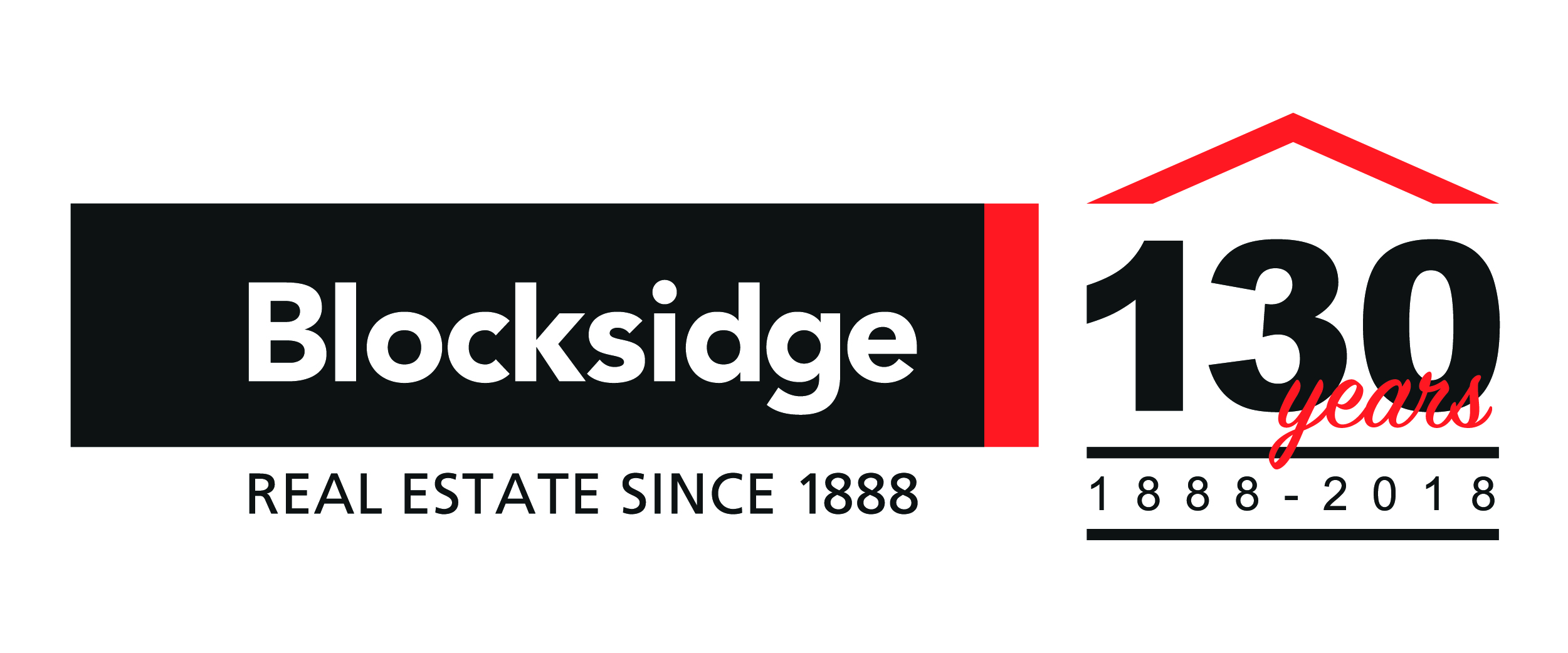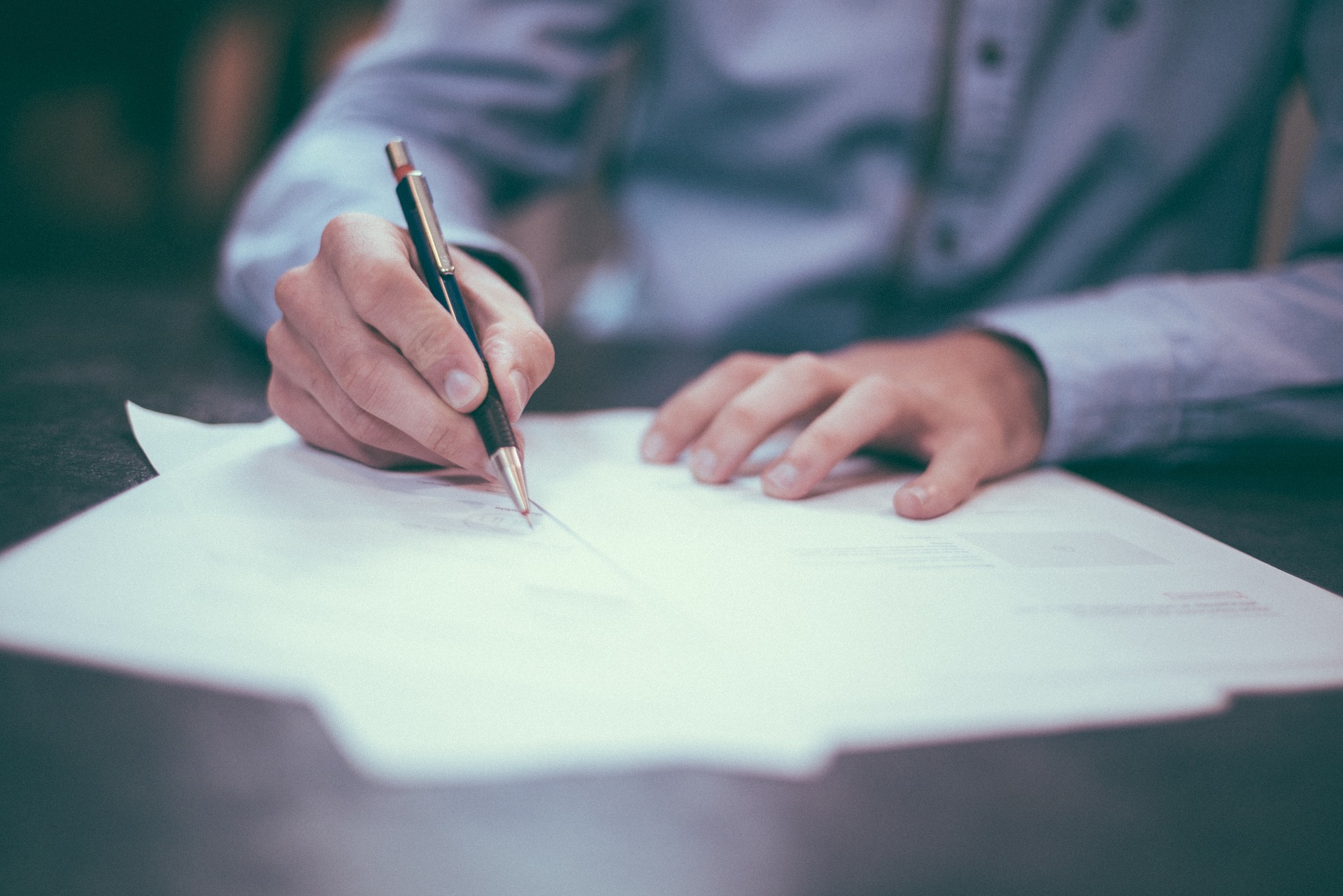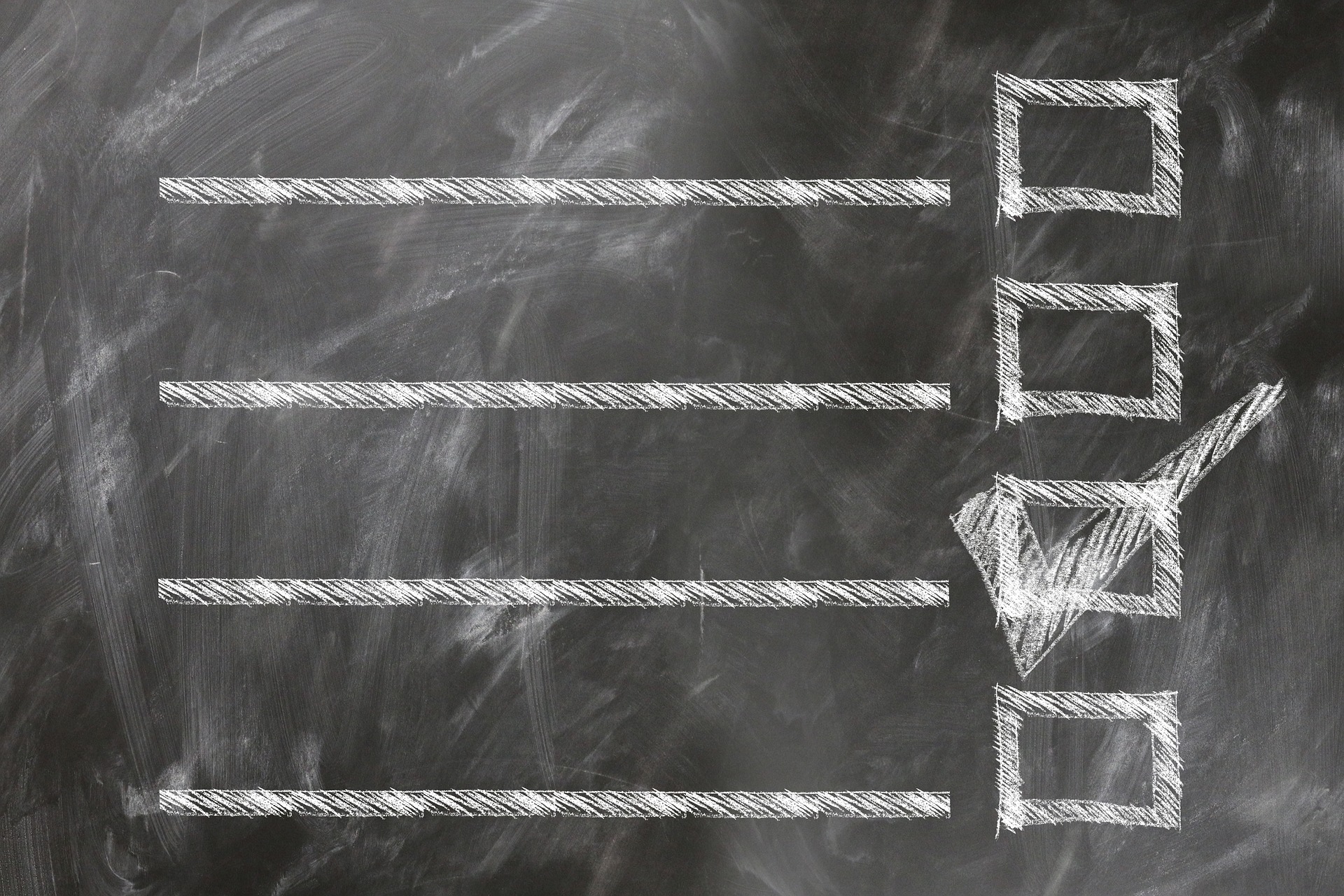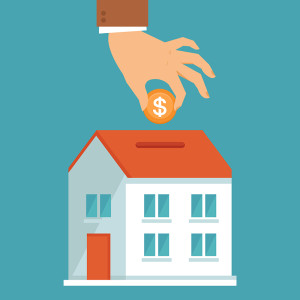6 property settlement tips for home buyers
So your offer has just been accepted. What happens next? The next step in the home buying journey is settlement. Below is a summary of what you’ll need to know to complete the home ownership process.

Property Settlement 101:
First and foremost you need to understand that you’ll be leaving most of the work to your representatives (legal and financial). The buyer and the seller don’t have much to do during the settlement period other than sign the documents and wait for instructions from your conveyancer and/or your lender. During settlement your representatives are undertaking the process of transferring ownership of the property from the seller to you. Make sure that you provide documents and other information quickly when requested. Delays can be costly.
Key events –
- Contract is formalised and settlement date is agreed
- All building and pest inspections have been completed (if applicable)
- You (the buyer) will pay the balance of the sale price to the seller

Book in a final inspection:
Contact the agent and book in an inspection. During the settlement period you’re entitled one inspection of the property at any reasonable time. Most people will book a final inspection for the day before the settlement date. Use this inspection to ensure that the property is in the same condition as when you made your offer. Check that all of the included fixtures and items in the contract are there and in the correct condition.
Organise insurance!
As the buyer you become responsible for the property from the day the seller signs the contract. It is usually recommended that buyers have insurance cover for building and/or contents insurance from this date. This is to protect your new investment.
Be aware that strata titled and properties under a body corporate agreement do not usually purchase building insurance individually. Building insurance is usually taken out by the Body Corporate. Be sure to check your Body Corporate Disclosure Statement to confirm this.

Ensure that what’s on paper matches what you see:
Once you have copies of the plan of the land and building(s) make sure that you check all of the measurements. What you see on the plan should match what you measure at the property. It is especially important that the boundaries correspond with the Certificate of Title. If there are any discrepancies make sure you alert your solicitor.

Understand that what you pay will be more than the purchase price:
Upon settlement, all expenses relating to the property and the transfer of ownership will become your responsibility to pay. These can include, but aren’t limited to:
- Rates
- Electricity, gas and hot water
- Body Corporate fees
- Lender’s legal fees
- Transfer duty (formerly stamp duty)
- Conveyancing fees
Domain wrote an article about some of the conveyancing costs that you’ll likely incur during property settlement. You can read it here.
And then…
Once settlement has been completed and the solicitors sign off, you can collect the keys. You’ll meet the agent and they will hand over the keys. You now have possession of the property!
If you want to ask questions about the process or have some concerns, talk to one of Blocksidge’s helpful and experienced agents. They’ll help guide you through the property journey and take the time to make you feel at ease.



